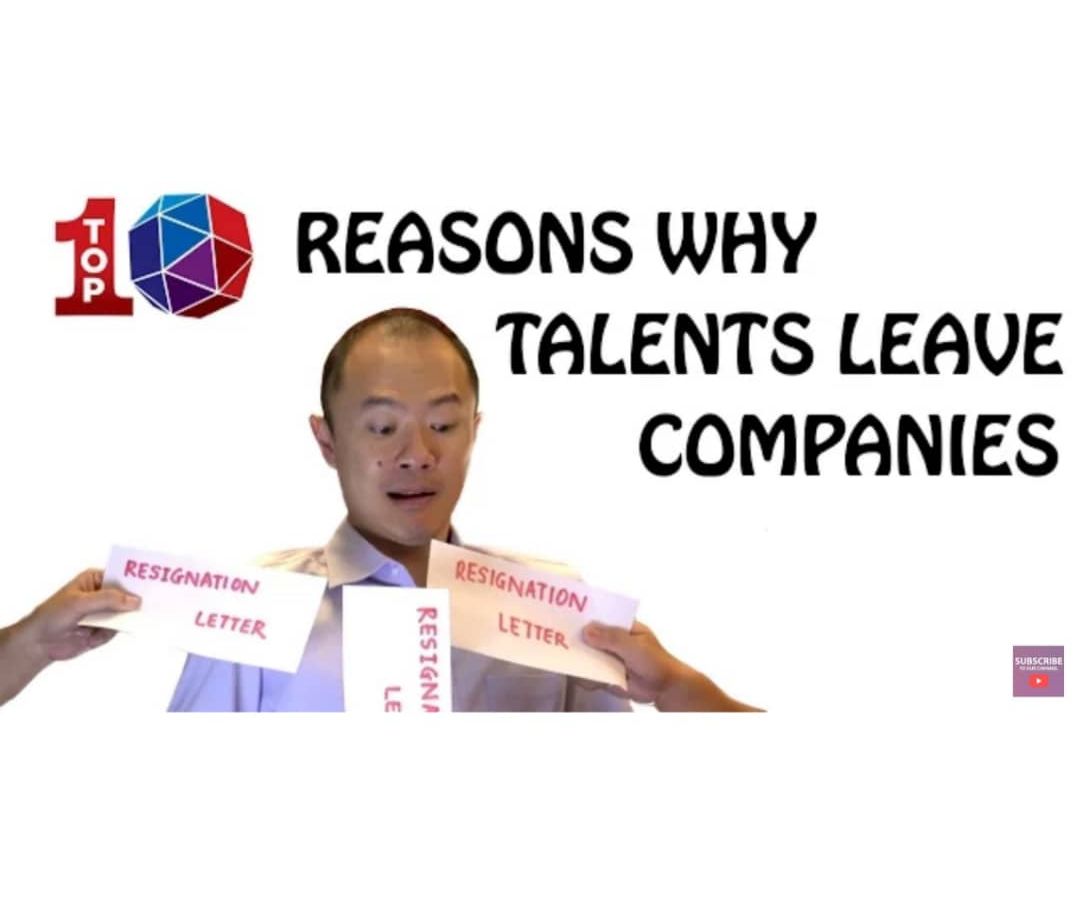The Six Pillars of Vibrant Workplace Culture

BY COLIN D ELLIS
–
There’s never been a better time to be in HR. For the first time, employee experience has been brought to the fore and C-suite members are talking about the importance of so many cultural elements. Diversity and inclusion, health and well-being, flexibility, workspace design, enhanced collaboration and innovation.
However, HR cannot be passive in its approach to this transformation. For too long they’ve taken a back seat and not gone into bat for money and time to develop culture and watched on as demanding chief information (and later digital) officers have secured millions for technology enhancements, all of which require – ironically – culture change.
The rise of agile is the latest quick-fix approach to cultural evolution and will fail as so many fads have failed before as the foundational elements of culture aren’t changed to make way for greater flexibility of delivery.
The importance of culture
Culture pervades through everything that’s done on a day-to-day basis, from the behaviour of senior leaders in large global organisations to the way that a sports team trains for a game at the weekend. It dictates where people sit in a classroom, how meetings are run in an office, how decisions are made on a ship, how construction projects are delivered, how orchestras play together and how clothes are marketed online. And it belongs to everyone.
HR Directors may be the custodians of culture, but they don’t own it, and this is often misunderstood by those who engage consultants to do cultural evolution work on behalf of their staff. These efforts will flounder because only those with day-to-day responsibility for culture can change it.
When time and effort is allowed for the staff to define what a vibrant culture looks like it can produce the following benefits:
- Increased productivity
- Higher sales
- Improved safety
- Higher engagement
- Reduced operating costs
- Faster time to market
Where culture work isn’t undertaken, then the organisation risks stagnation and stagnant cultures – according to Gallup in their State of the American Workforce survey – cost US businesses alone over $500bn per year!
READ: 5 Principles that Drive Successful People
What are the six pillars of culture?
Culture change work is often avoided because of the perceived complexity or unknowns of it. Yet cultures will evolve on a day-to-day basis regardless, so it’s important to declare it as a priority and get cracking. But where to start?!
Here are the six pillars of vibrant workplace culture:
1. Personality and Communication
The way into any culture is through its people and the way that they communicate with each other. Personality surveys can be an effective mechanism for improving empathy and communication, however, all too often they put people in boxes and create only short-term interest rather than improved self-awareness
2. Vision
At the heart of vibrant cultures is an aspirational statement of the future. A short but powerful statement that inspires those that work within the organisation and talent from outside. It’s achievable at a stretch and sets the tone for the strategic intent.
3. Values
When done well, values can be an incredible asset to an organisation but do not use them as a weapon. Identifying and defining them is an important exercise and staying true to them requires courage and determination.
4. Behaviour
It’s crucial that the behaviours expected of everyone within a culture are known and understood because only then can you reset expectations and hold people to them. Diversity and inclusion, performance management and recognition and reward are important tools for upholding what’s been agreed.
5. Collaboration
The word collaboration is used frequently in cultures all around the world, but all too often seems to mean ‘meeting’. When done well collaboration makes good uses of technology, encourages streamlined processes and provides workspaces where everyone can do their best work.
6. Innovation
Without new ideas and challenging existing cultural norms, many organisations risk becoming the next Kodak. Innovation doesn’t belong in a special hub with special people, it lives inside everyone and all they need is the time to use data to be creative and learn quickly from failure.
Making it stick
Culture evolution involves a systemic change of almost everything within an organisation, but with the right level of commitment and determination, it’s achievable.
By ensuring that each of the six pillars is addressed by those that are part of the culture, HR Directors can ensure that they remain pivotal to the organisation and its people hitting their targets, for years to come.
–
Colin D Ellis is a culture change expert, an award-winning international speaker and a best-selling author. His latest book ‘Culture Fix: How to Create a Great Place to Work’ has seen him travel all over the world to help organisations transform the way they get things done. Email editor@leaderonomics.com to get in touch with him.
Functional
This article is published by the editors of Leaderonomics.com with the consent of the guest author.





